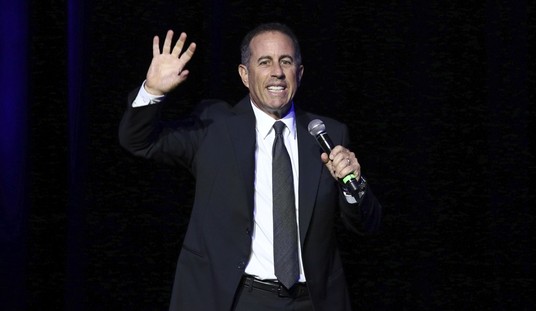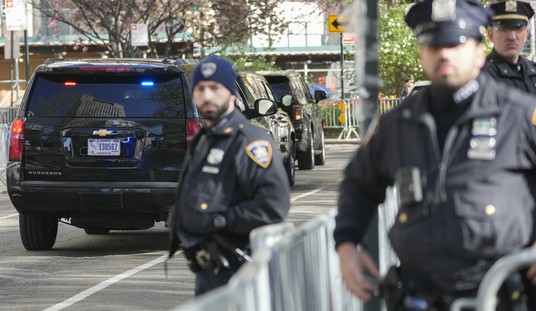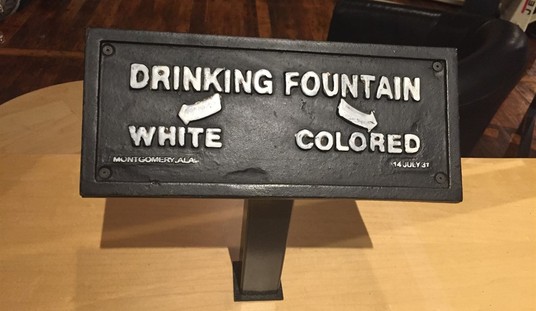
Last week we spent a lot of being blamed by Democrats, the media, and Vichy Republicans for a homeless guy in Florida mailing inoperable devices containing “energetic material”
In the complaint the government makes it clear (pg 4) that it is talking about the scientific definition. pic.twitter.com/zgmcR6hlYb
— streiff (@streiffredstate) October 26, 2018
and addressing the nonsense that says you have to shut up and lose just because someone might decide to develop their own ideas and run with them. As that happened a lot of interesting things didn’t get covered. For instance, one of the first definitive studies of Seattle’s experiment with the “living wage” was published by the authoritative National Bureau of Economic Research. It is titled Minimum Wage Increases and Individual Employment Trajectories.
A bit of background. In 2014, Seattle voted to stepped increases in its minimum wage from $9.47 to $15.45 for large employers in 2018 and $16 in 2019. More details can be found here. This study is a fairly complete and longitudinal study of low-wage workers who should have benefited from the wage hike.
Here are the high points.
If you assume a ~$10/hour worker, under the old pay scale, was working full time, that is 35-40 hours a week, the average earnings went up by about $10/week. That was accompanied by a reduction in hours and staffing. So an hourly increase of about 50% (from $10 to $15, just to make the math easy) translated into about a 2.5% weekly pay raise ($400 to $410). Most of the pay raise was eaten up by reduced hours. This should not come as a shock to anyone who has run an actual business where your payroll is not very elastic.
The study also found that 100% of the benefit went to experienced workers and a major drop off in new hires.
The kicker is this, at least 25% of that $10/hour weekly pay raise is accounted for by workers driving outside Seattle to find an additional job to make up for lost hours. The net result is that Seattle employers are paying no more than $3/per week/per covered worker in excess of what they paid before the 2014 law.
The bottom line is that hours were cut, new people were not hired, experienced workers got all the benefit, but to make the weekly wage they had been making, the experienced workers had to find a second job.
None of this should surprise anyone. In small businesses, those with an on-site proprietor or a manager who is salaried, an increase minimum wage means you fire people, you cut hours, and the proprietor/manager work longer hours for the same pay. The ability of a business to pass along wage increases by raising prices has virtually disappeared in the era of big box stores and online retail behemoths like Amazon. At a higher rate of pay, you are less likely to take on a new hire just entering the workforce and the cut in hours requires the experienced worker to find a second job in order to keep their income at the same level.
Yay, solidarity with the masses. We showed the dirty capitalist pigs who is boss.
=========
=========
Like what you see? Then visit my story archive.
Follow @streiffredstate
I’m on Facebook. Drop by and join the fun there.
=========
=========












Join the conversation as a VIP Member